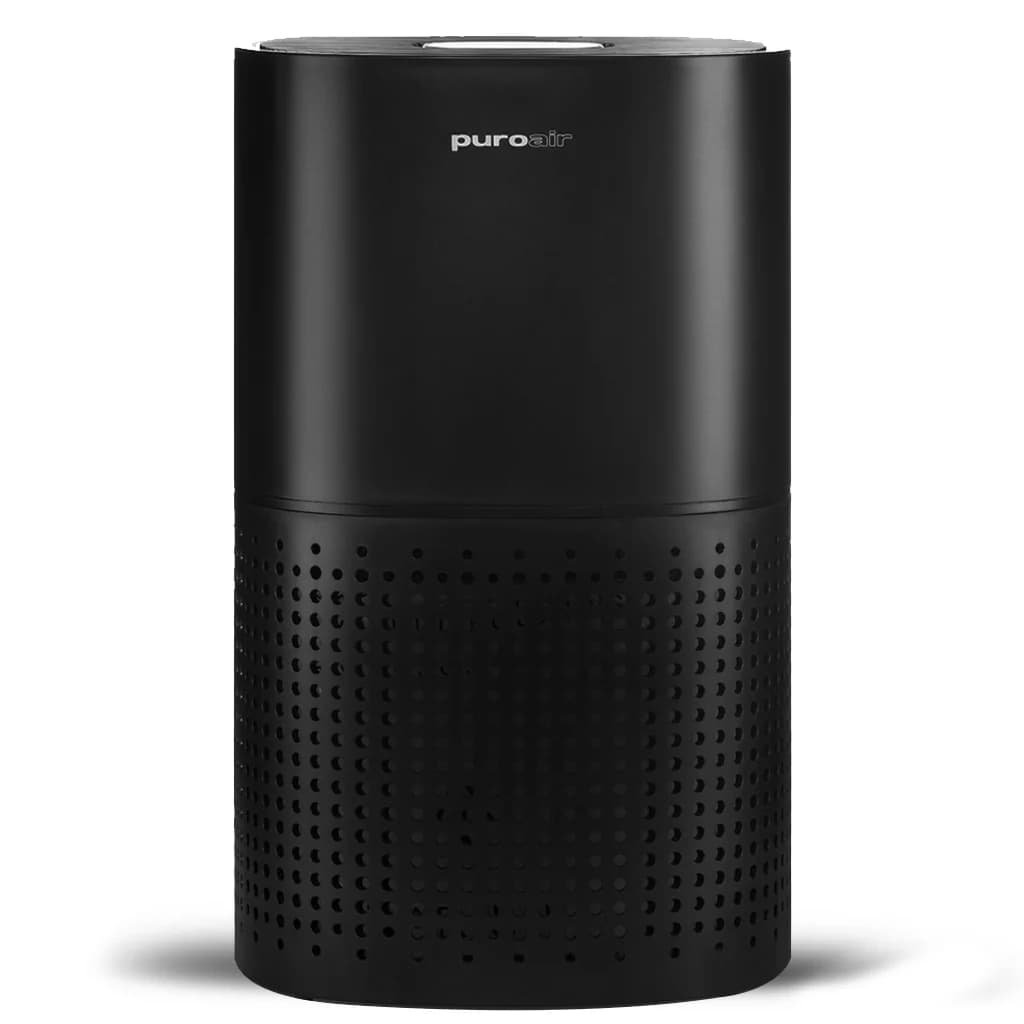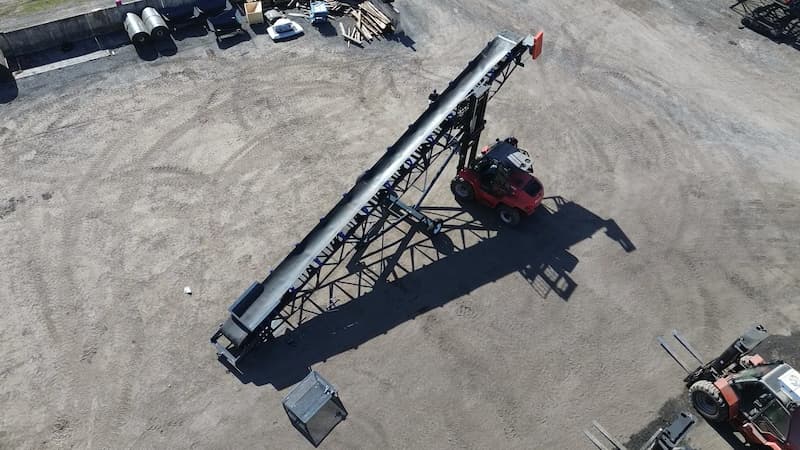What the Future of Retrieval Augmented Generation Looks Like

Retrieval augmented generation (RAG) is changing the landscape of artificial intelligence (AI). This hybrid approach combines the strengths of generative AI models, known for their creative text production, with retrieval systems that sift through vast amounts of data to find relevant information. Leaders in the tech space like Microsoft and Meta are actively researching RAG applications. This signifies the potential of RAG and the ongoing efforts to refine the technology.
Before long, the world will have AI applications that are more informative, accurate, and adaptable than ever before. This article looks at how the technology may advance in terms of capabilities and use cases.
More Advanced RAG Will Bring Enhanced Accuracy and Trust
One of the most significant promises of RAG lies in its ability to improve the factual grounding of AI outputs. Foundational models, while impressive in their fluency, can sometimes struggle with delivering factual info. RAG bridges this gap by feeding the model with relevant information retrieved from trustworthy sources. This ensures that AI responses are not only creative but also reliable.
For instance, companies like Google and NVIDIA are exploring RAG-powered chatbots for customer service. In the future, customer-facing virtual assistants will not only understand questions and provide options. They may be able to access and process product manuals, address FAQs more comprehensively, and provide real-time inventory data to deliver more accurate and sensible responses.
In the health sector, the same developments can occur and be seen in AI doctor assistants and medical software backed by retrieval augmented generation systems. These AI models will be able to schedule appointments and manage paperwork. They may also provide real-time insights into treatment options and potential side effects, which can greatly improve patient care.
The financial services industry will also benefit from more advanced RAG. Applications with RAG functionality could analyze financial news, market trends, and regulatory changes to generate insightful reports and support informed investment decisions.
A Personalized RAG-Powered Future
RAG also paves the way for a more personalized user experience. By incorporating user data and past interactions into the retrieval process, RAG-powered applications can tailor their responses and outputs to individual needs and preferences. This can revolutionize fields like education and entertainment. With more advanced RAG capabilities, AI tutors will be able to adapt their teaching styles based on student learning patterns. In the entertainment industry, recommendation engines will be better and more expansive with their suggestions.
Building Secure and Scalable RAG Systems
The future success of retrieval augmented generation hinges on building secure, high-performing, reliable, and scalable systems. To achieve this, developers must ensure the integrity of the data sources feeding the retrieval system. Implementing robust data governance practices and employing techniques to identify and filter out biases in the data are crucial steps.
Scalability is another critical factor. As the volume of data retrieved and processed by RAG systems grows, so too will the need for robust infrastructure. Cloud-based solutions and distributed computing frameworks offer promising approaches to ensure smooth operation and handle ever-increasing demands.
To help meet these demands, companies like Pure Storage, MongoDB, and NetApp are helping to push for further developments in RAG. One of the areas of focus is generative AI applications. RAG acts as a bridge between the imaginative power of generative AI models and the real-world knowledge they often lack. By feeding relevant information retrieved from external sources, RAG provides factuality and context to the generation process. This not only improves the quality of AI outputs but also pushes the boundaries of what generative models can achieve. With a stronger foundation in real-world data, generative AI can evolve beyond creative text production and venture into tasks that require a deeper understanding of the world, ultimately accelerating its overall development.
Knowing When the Projections for RAG are Achieved
To measure the success of innovations, a multi-faceted approach is required. Key metrics can include user engagement, task completion rates, and error reduction. For RAG specifically, tracking the accuracy of generated outputs compared to a baseline (without RAG) is necessary. Additionally, user satisfaction surveys can gauge how well the RAG system addresses their needs and expectations. Ultimately, success can be observed in whether the innovation demonstrably improves a specific process or user experience.
The future of RAG is one of continuous development and collaboration. From more informative chatbots and virtual assistants to personalized learning experiences and data-driven decision-making tools, RAG promises a future where AI seamlessly integrates with various aspects of daily life. From here on and beyond, RAG will offer an unparalleled level of intelligence, accuracy, and personalization.

